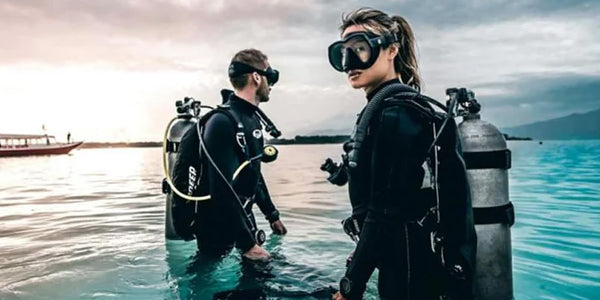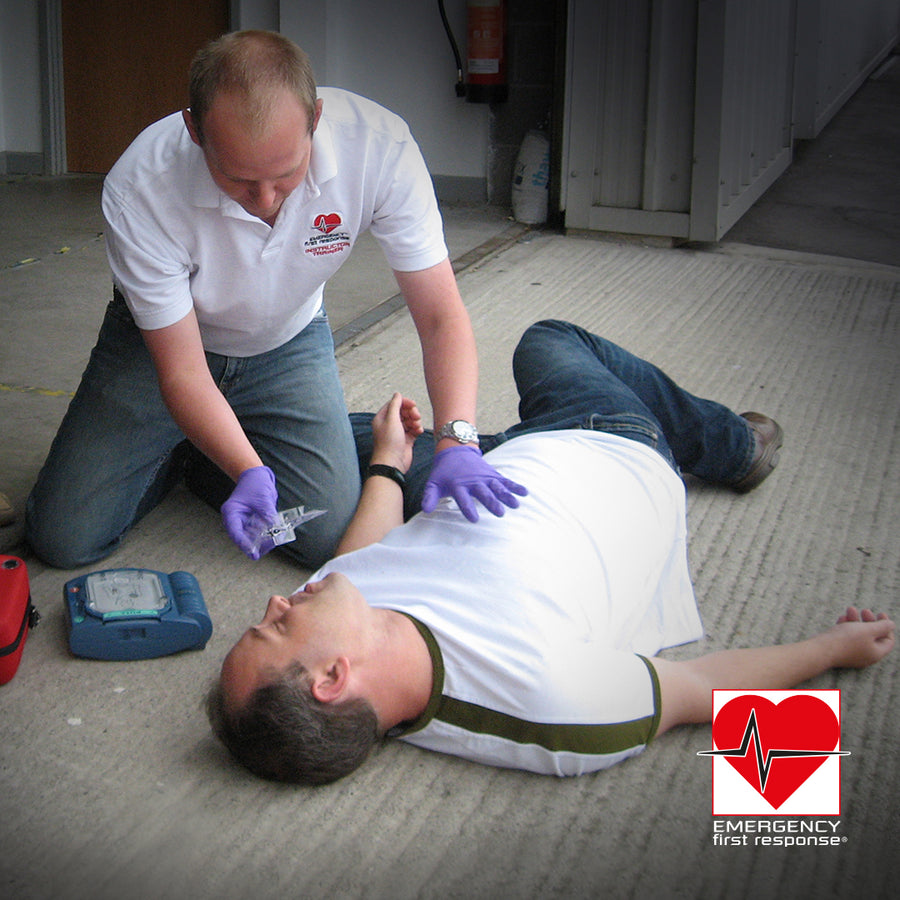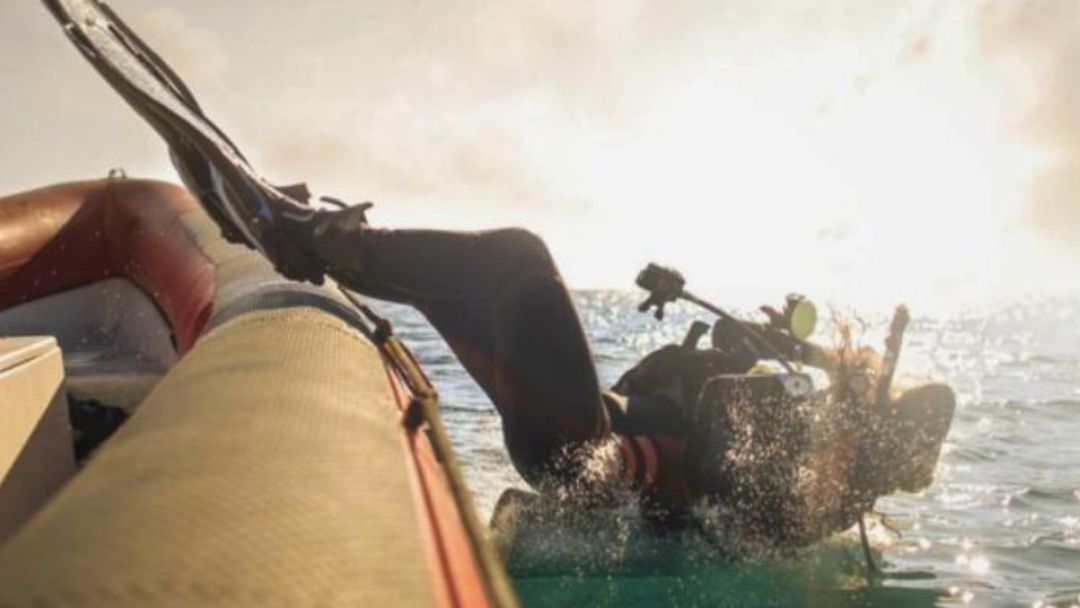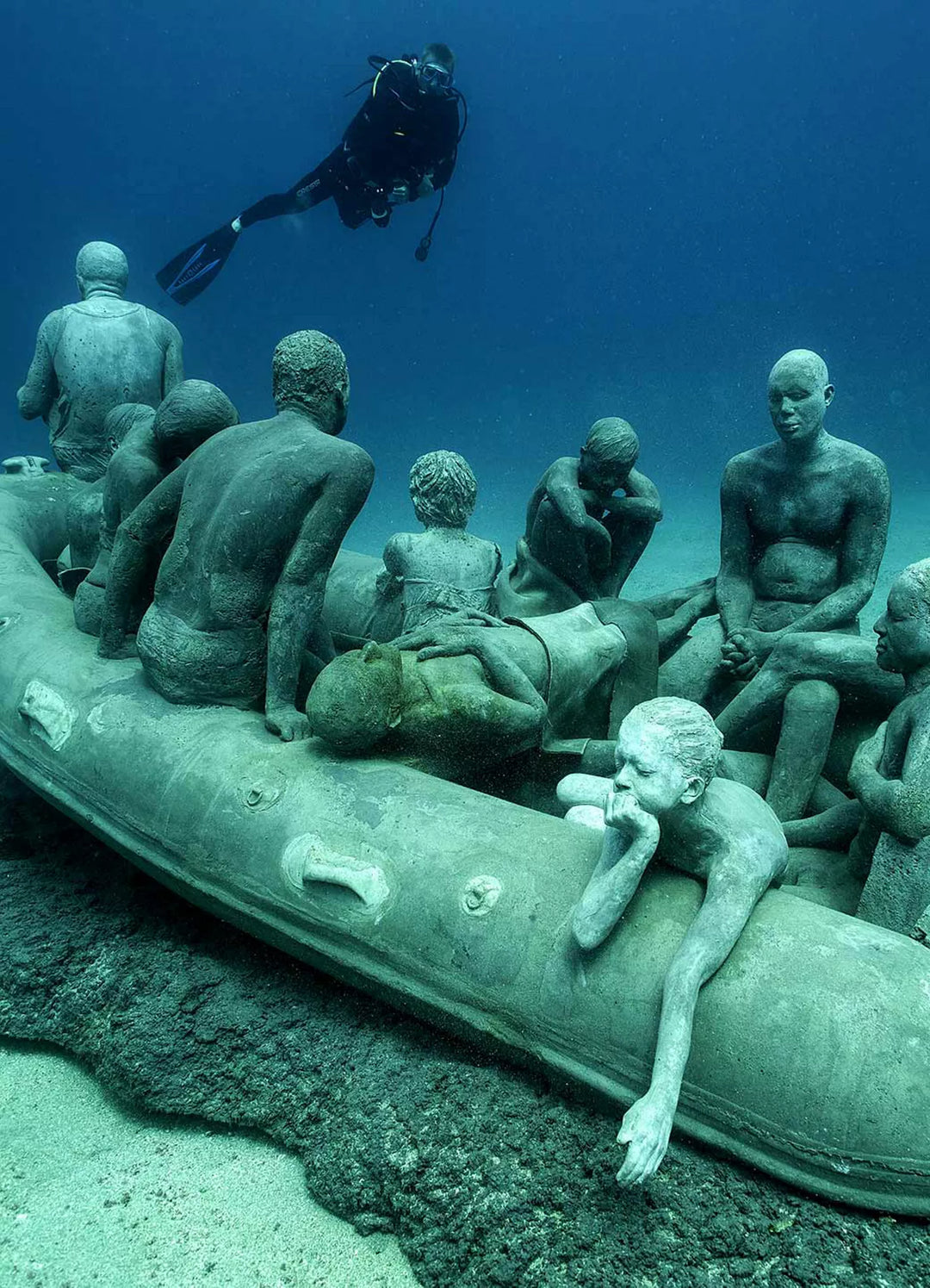Is Your Regulator Dive-Ready? The Ultimate Regulator Pre-Season Care Guide

The Ultimate Regulator Pre-Season Care Guide
As the new dive season approaches, now is the perfect time to prepare your gear—especially your regulator. Taking care of your equipment before your first dive not only ensures safety but also saves you from wasted trips to the dive site due to preventable malfunctions. Regular maintenance checks, even outside the official service intervals, help catch small issues before they become dive-ruining problems.
This guide walks you through practical steps for checking your regulator system. While nothing beats a full professional service, these pre-season checks will keep your gear in optimal condition and help you identify when to seek professional attention.
We will cover the following areas in this guide:
- Regulators: Your Life Support System
- First Stage Checks
- Second Stage Checks
- Mouthpiece & Hose Checks
- O-Rings and Connections
- Need New Parts or a Professional Check?
- Want to Learn More?
Regulators: Your Life Support System
If you've read our Scuba Diving Regulators: Everything You Need to Know, then you already understand the role your regulator plays in delivering air underwater. Let’s break it down further to focus on pre-season care, starting with the first stage.
First Stage Checks
Filter Condition
Although you can't replace the filter yourself, a quick visual inspection can reveal trouble. If it's discolored, corroded, or showing signs of contamination, it’s time to book a service. And remember: never allow water—especially saltwater—to enter the first stage. Corrosion from saltwater can destroy internal components quickly.
Intermediate Pressure (IP) Checks
Use an Intermediate Pressure Gauge to check that your first stage is locking up within the correct range—typically 9–10 bar for most regulators. Variations could indicate performance issues:
- Low IP = reduced airflow and harder breathing
- High IP = increased risk of free-flows
IP Creep
If the needle on your IP gauge continues to rise after locking up, this “creep” usually points to a worn high-pressure seat. Left unserviced, this can result in leaking second stages and wasted air.
IP Recovery
Check how quickly the regulator returns to its lock-up pressure after purging. A slow recovery could mean your cylinder valve isn’t fully open—or signal performance limitations in older or entry-level regulators.
If you're unfamiliar with how to conduct these checks, refer to our full Intermediate Pressure blog.
Second Stage Checks
Most second stage checks are simple but can reveal big problems early:
- Rattle Test: Gently shake the second stage. If it sounds like it's storing spare parts, it may need internal adjustment.
- Purge Test: The purge button should respond within 5mm of travel. Any delay could mean spring tension or diaphragm issues.
- Seal Test: With the dust cap on the first stage, inhale gently through the mouthpiece. No air should flow. If it does, there's a leak in the valve seat or diaphragm.
If you’re noticing issues during these checks, it might be time to review our guide on Post-Dive Regulator Care or discuss your options for repair or replacement.
Mouthpiece & Hose Checks
Mouthpieces take a beating—biting, pulling, and general wear. Look for:
- Missing or torn bite tabs
- Perishing or splits near the cable tie
- Sharp edges from poorly trimmed cable ties
Frequent replacements? Consider an upgrade to a high-quality mouthpiece like the Apeks Comfo-Bite Anti-Bacterial model.
Hoses
Even the best regulators are only as reliable as the hoses connecting them. Look for:
- Perishing or cracking—especially near the fittings
- Bubbles forming under the outer layer (a sign of inner layer failure)
- Damage hidden under hose protectors (slide them back gently!)
When inspecting your high-pressure hose, check for bubbles and swivel leaks. If you found trickling air during a wet test, the internal air-spool O-rings may need replacement.
Regular hose inspection is a key part of routine gear servicing, especially as gear ages or racks up dive hours.
O-Rings and Connections
Don’t forget the small details:
- Inspect all visible O-rings for cracks, dryness, or deformation.
- Ensure hoses are tightly and correctly connected—but not overtightened.
- Replace damaged or flattened O-rings immediately.
Need New Parts or a Professional Check?
Whether it's a new mouthpiece, a replacement hose, or a full regulator set, we're here to help. If you’re unsure whether a component needs replacing or servicing, speak to us before your next dive. Better to spend 5 minutes asking than risk your safety or your dive.
Want to Learn More?
If you’re curious about the daily, weekly, and seasonal maintenance your gear needs, we highly recommend the SSI Equipment Techniques. It’s the ideal way to learn hands-on skills and boost your confidence with your scuba setup.
Want to learn more about how your regulator system works? We dive deep in this post:
👉 Scuba Diving Regulators: Everything You Need to Know












